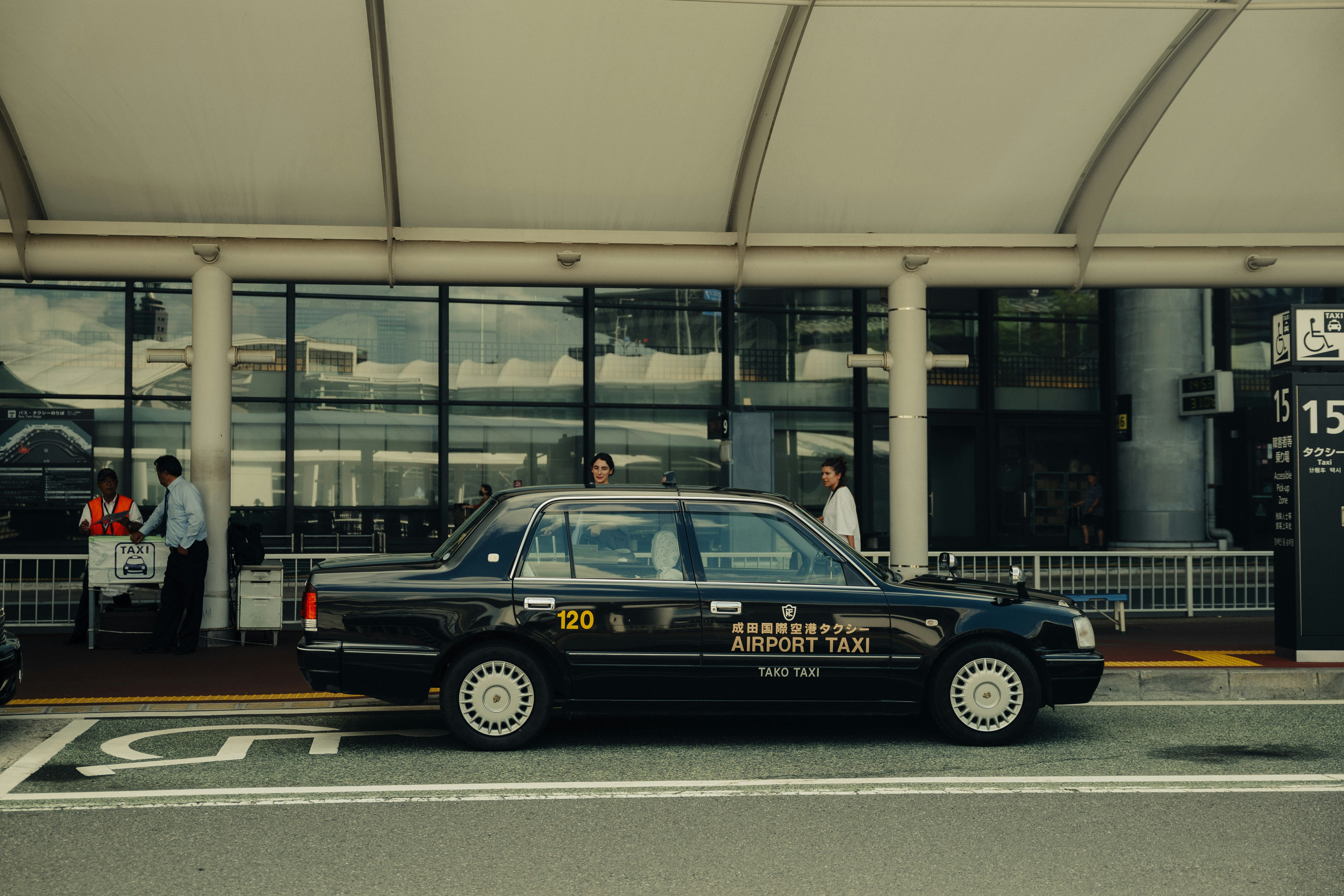10 Design Trends to Watch in 2024
10 Design Trends to Watch in 2024
10 Design Trends to Watch in 2024
10 Design Trends to Watch in 2024
aw. amirul islam
aw. amirul islam

8 PRINCIPLES FOR DESIGNING AI EXPERIENCES FOR CHILDREN
8 PRINCIPLES FOR DESIGNING AI EXPERIENCES FOR CHILDREN
8 PRINCIPLES FOR DESIGNING AI EXPERIENCES FOR CHILDREN
8 PRINCIPLES FOR DESIGNING AI EXPERIENCES FOR CHILDREN
AI-Driven Creativity
Artificial Intelligence (AI) is no longer just a buzzword; it’s a reality that is profoundly impacting the design process. In 2024, AI tools are becoming indispensable allies for designers, helping them to streamline workflows, generate ideas, and even predict trends. This collaboration between human creativity and machine efficiency is opening up new possibilities, allowing designers to focus on what they do best—ideating and creating—while leaving repetitive tasks to AI. The real innovation lies in how AI is being used not just to enhance productivity but also to push creative boundaries. AI is now capable of learning from vast amounts of data, offering insights into consumer behavior, and even suggesting design elements that resonate with target audiences. This symbiotic relationship between AI and design is transforming the way we think about creativity, making it more dynamic, personalized, and data-driven.
Sustainable Design with Purpose
Sustainability has been a growing concern in the design world for years, but in 2024, it’s more than just a trend—it’s a necessity. As consumers become increasingly aware of the environmental impact of their choices, designers are responding by prioritizing eco-friendly materials, processes, and products. But sustainability in 2024 goes beyond the use of green materials. It’s about designing with the entire lifecycle of a product in mind, from sourcing and manufacturing to end-of-life recycling. This holistic approach ensures that every stage of the design process considers environmental impact, aiming for a circular economy where waste is minimized, and resources are reused. Designers are also exploring ways to make sustainability a core element of the user experience, integrating it into brand stories and making eco-friendly choices more accessible and appealing to consumers. This shift towards sustainable design is not just about compliance or trendiness; it’s about creating products and experiences that align with the values of today’s consumers and contribute to a more sustainable future.
In addition to these two dominant trends, 2024 will see a resurgence of biophilic design, where natural elements are incorporated into digital and physical spaces to promote well-being and a connection to nature. The rise of 3D and immersive design experiences will continue, driven by advancements in augmented and virtual reality technologies. Minimalist maximalism will challenge traditional design dichotomies, blending simplicity with bold, expressive elements to create visually striking compositions. Meanwhile, the retro-futurism trend will combine nostalgic aesthetics with futuristic elements, creating designs that feel both familiar and forward-thinking.
As brands seek to maintain relevance across multiple platforms, responsive logos that adapt to different screen sizes and formats will become increasingly common. Abstract and surrealist art will inspire designers to create dream-like visuals and unconventional compositions, adding depth and intrigue to branding and digital media. Typography will also see a wave of experimentation, with custom typefaces and animated text being used to convey personality and dynamism in design. Finally, inclusive design will remain a top priority, ensuring that products and experiences are accessible and meaningful to all users, regardless of their abilities, backgrounds, or contexts.
In summary, 2024 is set to be a year of innovation, where design trends are driven by a blend of technology, creativity, and a deepening commitment to sustainability and inclusivity. These trends not only reflect the changing tastes and values of consumers but also highlight the evolving role of design in shaping our digital and physical environments.
AI-Driven Creativity
Artificial Intelligence (AI) is no longer just a buzzword; it’s a reality that is profoundly impacting the design process. In 2024, AI tools are becoming indispensable allies for designers, helping them to streamline workflows, generate ideas, and even predict trends. This collaboration between human creativity and machine efficiency is opening up new possibilities, allowing designers to focus on what they do best—ideating and creating—while leaving repetitive tasks to AI. The real innovation lies in how AI is being used not just to enhance productivity but also to push creative boundaries. AI is now capable of learning from vast amounts of data, offering insights into consumer behavior, and even suggesting design elements that resonate with target audiences. This symbiotic relationship between AI and design is transforming the way we think about creativity, making it more dynamic, personalized, and data-driven.
Sustainable Design with Purpose
Sustainability has been a growing concern in the design world for years, but in 2024, it’s more than just a trend—it’s a necessity. As consumers become increasingly aware of the environmental impact of their choices, designers are responding by prioritizing eco-friendly materials, processes, and products. But sustainability in 2024 goes beyond the use of green materials. It’s about designing with the entire lifecycle of a product in mind, from sourcing and manufacturing to end-of-life recycling. This holistic approach ensures that every stage of the design process considers environmental impact, aiming for a circular economy where waste is minimized, and resources are reused. Designers are also exploring ways to make sustainability a core element of the user experience, integrating it into brand stories and making eco-friendly choices more accessible and appealing to consumers. This shift towards sustainable design is not just about compliance or trendiness; it’s about creating products and experiences that align with the values of today’s consumers and contribute to a more sustainable future.
In addition to these two dominant trends, 2024 will see a resurgence of biophilic design, where natural elements are incorporated into digital and physical spaces to promote well-being and a connection to nature. The rise of 3D and immersive design experiences will continue, driven by advancements in augmented and virtual reality technologies. Minimalist maximalism will challenge traditional design dichotomies, blending simplicity with bold, expressive elements to create visually striking compositions. Meanwhile, the retro-futurism trend will combine nostalgic aesthetics with futuristic elements, creating designs that feel both familiar and forward-thinking.
As brands seek to maintain relevance across multiple platforms, responsive logos that adapt to different screen sizes and formats will become increasingly common. Abstract and surrealist art will inspire designers to create dream-like visuals and unconventional compositions, adding depth and intrigue to branding and digital media. Typography will also see a wave of experimentation, with custom typefaces and animated text being used to convey personality and dynamism in design. Finally, inclusive design will remain a top priority, ensuring that products and experiences are accessible and meaningful to all users, regardless of their abilities, backgrounds, or contexts.
In summary, 2024 is set to be a year of innovation, where design trends are driven by a blend of technology, creativity, and a deepening commitment to sustainability and inclusivity. These trends not only reflect the changing tastes and values of consumers but also highlight the evolving role of design in shaping our digital and physical environments.
AI-Driven Creativity
Artificial Intelligence (AI) is no longer just a buzzword; it’s a reality that is profoundly impacting the design process. In 2024, AI tools are becoming indispensable allies for designers, helping them to streamline workflows, generate ideas, and even predict trends. This collaboration between human creativity and machine efficiency is opening up new possibilities, allowing designers to focus on what they do best—ideating and creating—while leaving repetitive tasks to AI. The real innovation lies in how AI is being used not just to enhance productivity but also to push creative boundaries. AI is now capable of learning from vast amounts of data, offering insights into consumer behavior, and even suggesting design elements that resonate with target audiences. This symbiotic relationship between AI and design is transforming the way we think about creativity, making it more dynamic, personalized, and data-driven.
Sustainable Design with Purpose
Sustainability has been a growing concern in the design world for years, but in 2024, it’s more than just a trend—it’s a necessity. As consumers become increasingly aware of the environmental impact of their choices, designers are responding by prioritizing eco-friendly materials, processes, and products. But sustainability in 2024 goes beyond the use of green materials. It’s about designing with the entire lifecycle of a product in mind, from sourcing and manufacturing to end-of-life recycling. This holistic approach ensures that every stage of the design process considers environmental impact, aiming for a circular economy where waste is minimized, and resources are reused. Designers are also exploring ways to make sustainability a core element of the user experience, integrating it into brand stories and making eco-friendly choices more accessible and appealing to consumers. This shift towards sustainable design is not just about compliance or trendiness; it’s about creating products and experiences that align with the values of today’s consumers and contribute to a more sustainable future.
In addition to these two dominant trends, 2024 will see a resurgence of biophilic design, where natural elements are incorporated into digital and physical spaces to promote well-being and a connection to nature. The rise of 3D and immersive design experiences will continue, driven by advancements in augmented and virtual reality technologies. Minimalist maximalism will challenge traditional design dichotomies, blending simplicity with bold, expressive elements to create visually striking compositions. Meanwhile, the retro-futurism trend will combine nostalgic aesthetics with futuristic elements, creating designs that feel both familiar and forward-thinking.
As brands seek to maintain relevance across multiple platforms, responsive logos that adapt to different screen sizes and formats will become increasingly common. Abstract and surrealist art will inspire designers to create dream-like visuals and unconventional compositions, adding depth and intrigue to branding and digital media. Typography will also see a wave of experimentation, with custom typefaces and animated text being used to convey personality and dynamism in design. Finally, inclusive design will remain a top priority, ensuring that products and experiences are accessible and meaningful to all users, regardless of their abilities, backgrounds, or contexts.
In summary, 2024 is set to be a year of innovation, where design trends are driven by a blend of technology, creativity, and a deepening commitment to sustainability and inclusivity. These trends not only reflect the changing tastes and values of consumers but also highlight the evolving role of design in shaping our digital and physical environments.

